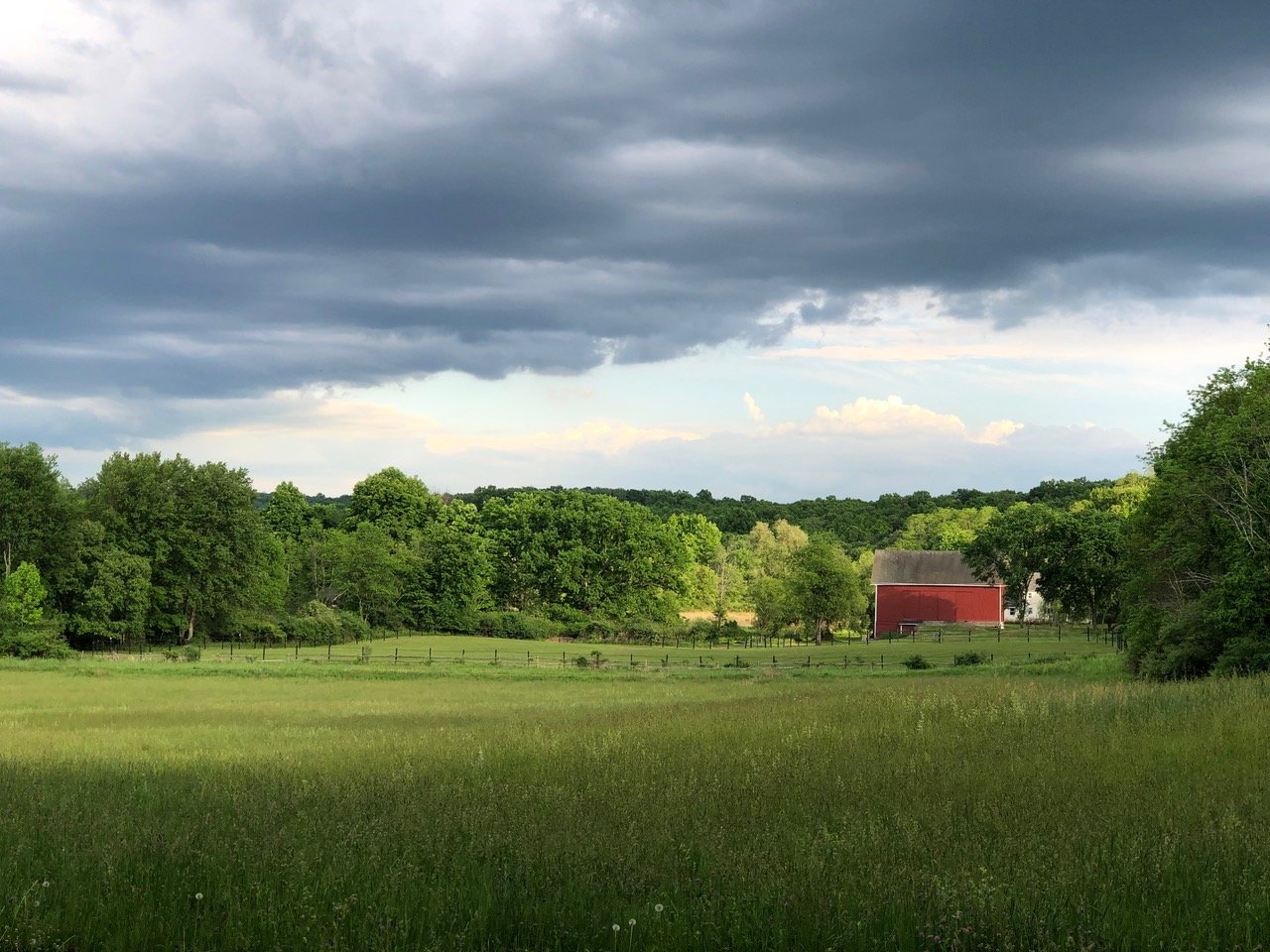Town of Clinton Comprehensive Plan
The Comprehensive Plan for the town of Clinton (updated in 2012) is designed to be used as a guide for managing growth and change. It consists of planning principles and maps that express the community's objectives for the town's future. The plan takes into consideration the wishes of those who answered the Community Values Survey described in Chapter One, the information gleaned from the basic studies presented in Chapters Two through Eight, and the goals and objectives set forth in this Summary, as well as the comments from the public in meetings and public hearings and the deliberations of the Comprehensive Plan Committee, the Planning Board and the Zoning Board of Appeals. It provides a framework for development ten or more years into the future by allocating land among several categories of uses, identifying specific transportation improvements, and setting forth the policies that should guide the town's land use decisions.
One of the most important steps in developing the Comprehensive Plan was to articulate the community’s vision for Clinton. Planning succeeds when residents reach consensus on their desires for the future conservation and development of their community. A vision statement is the formal expression of that community consensus. The vision statement sets the overall policy direction for the Comprehensive Plan. It answers the question “What do we want Clinton to be?” and in so doing, sets the stage for defining how we get there. The town of Clinton’s vision statement, which appears above, was developed by the Comprehensive Plan Committee based on the goals that town residents outlined in the Community Values Survey.
Vision Statement
The Town of Clinton desires to maintain its rural character, consisting of natural landscapes, native ecosystems, working farms, small hamlet-scale development and historic structures, while preserving its scenic quality, and to do so in a manner that continues to promote its small town atmosphere and quality of life.
This is an updated version of the Comprehensive Plan that was prepared by the Dutchess County Department of Planning and Development under the direction of a committee appointed by the town and that was approved in 1991. This new version contains information from both the 1990 Census that was not available in time to include in that plan, plus the 2000 Census information and limited available 2010 Census data. The revisions also consider the knowledge developed through the new research and numerous pertinent studies that have become available since that time. This new information is included in the various Chapters, and is noticeably apparent in the expanded material in the Natural Resources Chapter. Significantly, even in light of all the new information, much of the language in the summary and recommendations of the 1991 Plan turned out to still be pertinent and applicable.
Although the Plan does not have the legal status of a zoning ordinance, subdivision regulation, building codes, or site plan review regulations, it is a legal prerequisite to zoning, authorized by Section 272-a of New York State Town Law, which states that “all town land use regulations must be in accordance with a comprehensive plan adopted pursuant to this section.” A comprehensive plan helps to ensure that land use controls are based on a factual understanding of the community's needs. Of course a plan is only effective if its goals and recommendations are implemented in the Town Code, and if the Town Code, in turn, is enforced. This Plan includes a number of recommendations that stress the importance of enforcing Town policies and regulations to realize the goals of the Plan.
Changes to a community as it develops over the years are almost always initiated by the private sector, by hundreds of individual decisions to build homes, start new businesses, sell farms, or make other changes. However, the private sector responds to opportunities that governments create through zoning, subdivision regulations, and other official statements of local policy. Local governments can also take the initiative for the protection of valuable resources through the consistent application of comprehensive plan principles and other regulatory actions. A comprehensive plan seeks to guide market forces so that development opportunities and land use goals will be compatible.
